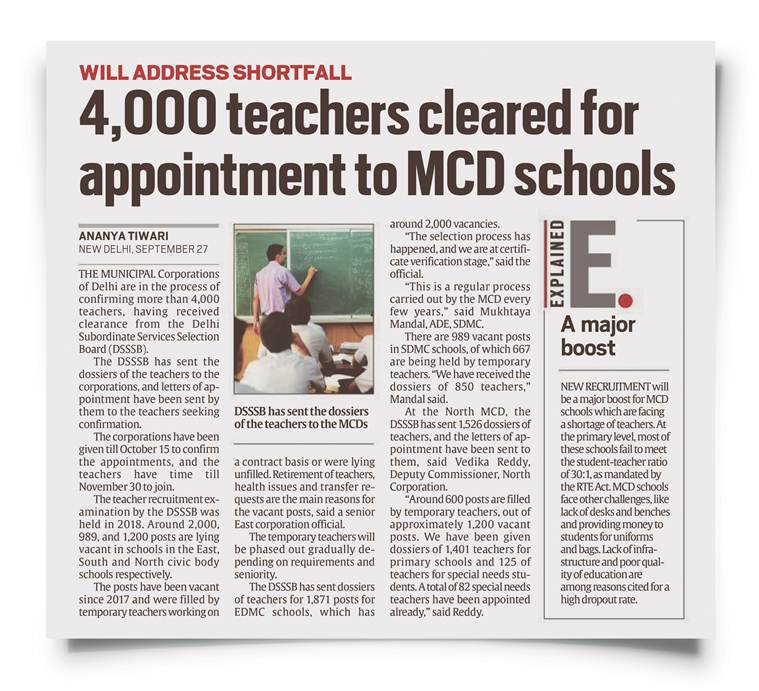Among the 13 Asia-Pacific economies, India’s banking system is the most vulnerable to a deterioration in corporate debt repayment capacity along with Indonesia, followed by Singapore, Malaysia and China, Moody’s Investors Service said on Monday, causing the Nifty bank index to close 2.59% lower.
Slower economic growth and rising trade and geopolitical tensions could weaken debt servicing abilities of corporates in the region, the rating agency wr-ote. “Indian banks are the most vulnerable because they have lower capital ratios, and their capital will be wiped out under our stress scenario,” it added.
On Monday, the Yes Bank stock fell 15%, State Bank of India 3.7%, ICICI Bank 3.5%, Axis Bank 2.3%, and HDFC Bank 1.4%.
According to a recent Crisil report, PSBs — which make up for roughly 80% of the bad loans in the banking system — will see their gross NPAs shrinking by as much as 400 bps to 10.6% by March 2020 from 14.6% in March 2018. Separately, the government recently told Parliament that gross NPAs of state-run banks dropped to Rs 8,06,412 crore as of March 2019 from the peak of Rs 8,95,601 crore a year earlier, highlighting the improvement in the PSBs’ asset quality.
While the ratio of corporate debt to GDP is relatively lower in India and Indonesia, the distribution of debt is skewed toward highly leveraged corporate borrowers with low interest coverage ratios, and this has resulted in high loan default rates that have plagued Indian banks since 2011, according to Moody’s.
“Our stress test — which assumes a 25% decline in EBITDA (earnings before interest, tax, depreciation and amortization) — shows banks in India and Indonesia are most prone to a deterioration in corporate debt repayment capacity….,” wrote Rebaca Tan, assistant vice-president and analyst at the Moody’s Investors Service.
India and Indonesia will have the largest share of debt owed by corporates with debt/EBITDA ratios of more than 4 and interest coverage ratios (ICRs) of less than 1, as well as those with negative EBITDA.
In India, weak corporate financial health is a result of significant debt-driven expansion during 2009-12 that was followed by adverse business conditions, including an unexpected slowdown in economic growth, higher interest rates and an acceleration of inflation. As a result, investments made based on optimistic economic assumptions became not viable.
Key stressed sectors, such as power and other infrastructure, also face excess capacity and structural inefficiencies, including difficulties in obtaining regulatory permits, which lead to project delays and cost overruns. “On balance, Indian corporates have been deleveraging over the past few years, and banks in the country have already recognized most exposures to troubled large corporate groups as non-performing loans,” Moody’s said.


